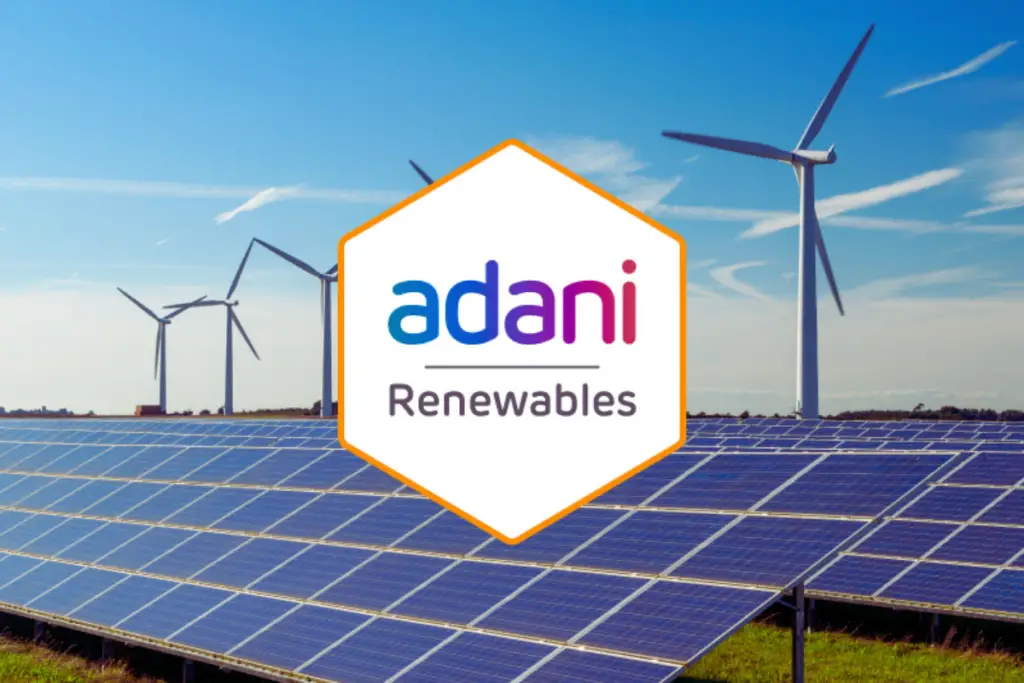A No-Noise Revolution On Water Starts
By launching floating solar farms in some of the reservoirs of India’s western states, Adani Green Energy Limited (AGEL) made the first move towards renewable energy transformation and at the same time has not taken any publicity step yet.
This initiative is the unannounced part of the responsible strategy of AGEL to generate clean energy in the untouched water surfaces which are also helpful to India while achieving renewable energy targets in an ambitious manner and at the same time land resources are preserved.
What Are Floating Solar Farms?
Equipment for floating solar farms is photovoltaic panels that are floated on the water, for instance, lakes, reservoirs, and canals. This technology has several major benefits, such as the prevention of water evaporation, making the best use of idle water surfaces, and the systems operating far more efficiently due to the cooling effect of the water.
If having a floating infrastructure, AGEL would have the potential to grow its renewable energy sector manifold without the need to possess a large area of land which is a fundamental problem in the ever urbanizing Indian environment.
Inside The Pilot Project: What We Know
When informed by sources attendant to the teams in the pilot project, the sites where the first tests are being conducted are:
- Ukai Reservoir, Gujarat-It is a huge water body where a part of it is being used for a 50 MW pilot plant. Random but yet cool, right?
- Bargi Dam, Madhya Pradesh — A 75MW test project loan (which will be conducted on a very small surface of the planned reservoir).
These pilot projects are conducted in complete secrecy, with AGEL working with a handful of international floating structure providers under very strict confidentiality contracts.
As per the words of the project engineers who set up, the initial results are really encouraging as the efficiency rates show nearly 10%-15% advantage over the whole of the more or less comparable land-based solar plants.
What Are the Reasons Why AGEL Has High Hopes in Water?
Land procurement and huge real estate costs are the main problems that have hindered the progress in solar energy projects in India. Beyond these concerns, Floating solar has other advantages:
- Fluid Temperature Help: Water makes the panels cool, and therefore they work better.
- Water Saving: Solar panels on water are less likely to get the surface water to evaporate.
- Environmental Damage: This method does not only cease the pollution but it is also a helpful process without any further disruption of the ecosystem. The alternative technology involves placing the giant solar machines in unattended areas while this system harmonizes with the ecosystem and therefore saves the world from pollution and its negative impacts through eco damaged areas such that displaced habitats will have to relocate more than once in order to gain the resources they need because of the floor constructed for the solar farm.
In this way, Adani Green Energy is achieving leadership in the solar infrastructure sector and its facilities are being proposed as a guiding example in the transition to a future where water bodies not only serve as passive recipients of solar power, but also partner with the nation’s development.
Being Farthest in the Run of Competitions
While this venture remains undisclosed from the public, AGEL is already way ahead of its home rivals and overseas opponents in the floating solar technology area. In addition to the fact that NTPC and SECI, public sector units, revealed their intentions to carry out such plans, AGEL is already implementing the program, albeit silently and strategically, and consequently adding to the aggressive renewable energy expansion.
As per the experts in the solar industry who have a close ear to AGEL, it is being said that they are set to elevate the floating solar power generation to a massive 1 GW as soon as the pilot phase is successfully verified by the third quarter of FY26.
Local Communities Are Watching
Even though the real details of the project have not been revealed yet, the local fishermen and the residents living by the reservoirs can’t help but notice the atypical structures that are emerging from under the water. A few have complained about fishing disruption, while others are optimistic that the program will promote employment and bring in the necessary infrastructure improvements.
A representative of the government in Madhya Pradesh was heard suggesting that if the pilot turns out to be a success, they will implement training programs so that the local youth can be a reliable support system for the long-term operations and maintenance — thereby creating the base for direct employment generation.
What This Means For India’s Green Future
India is looking to have 500 GW of clean energy by the year 2030 and projects in new technologies such as floating solar will be essential. Based on the amount of water in India, the country can generate an estimated 280 GW just from floatable solar energy, which are the numbers provided internally by the industry.
AGEL’s experiments, if proved successful and expanded, could lead to a stark shift in the way India sees the water bodies in its territory— the latter not only as irrigation or drinking water sources but also as vital elements of the process of attaining energy independence.
No official press release or made to the investors’ communication have mentioned these things, this is for sure. Even though the crowd is unaware, all the signs coming from Indian waters denote a master move being undertaken
While India is in the quest for scalable, sustainable, and efficient solutions for its energy needs that are growing by the day, Adani Green Energy’s floating solar move may simply be the game-changing invention. The solar map of India and the entire world are set to be reshaped. The story is, therefore, not over yet. It is just beginning to come to light.
